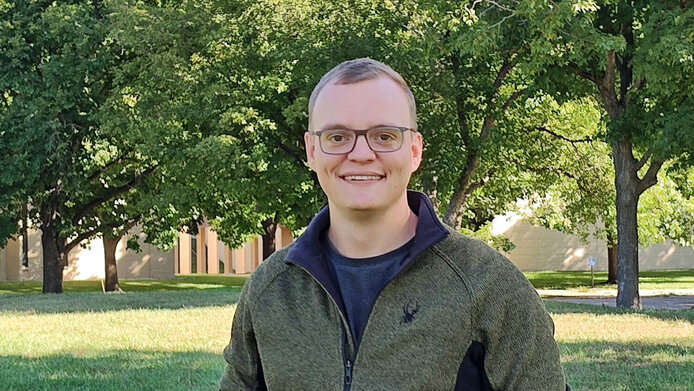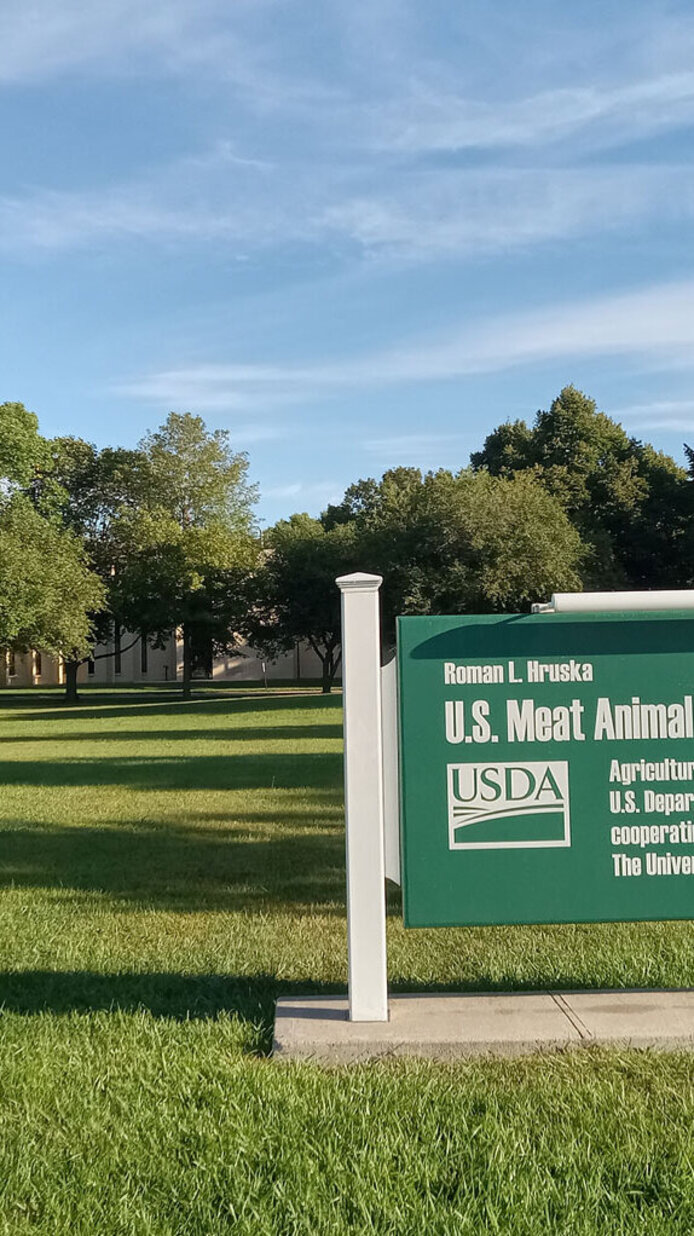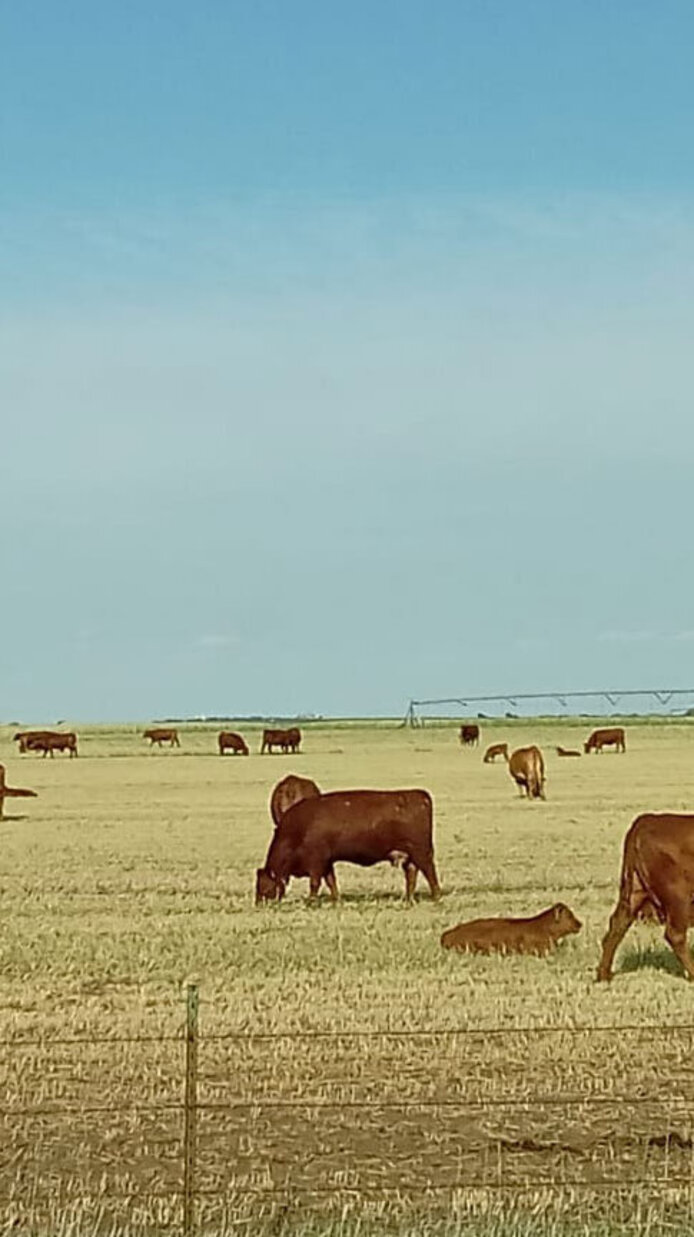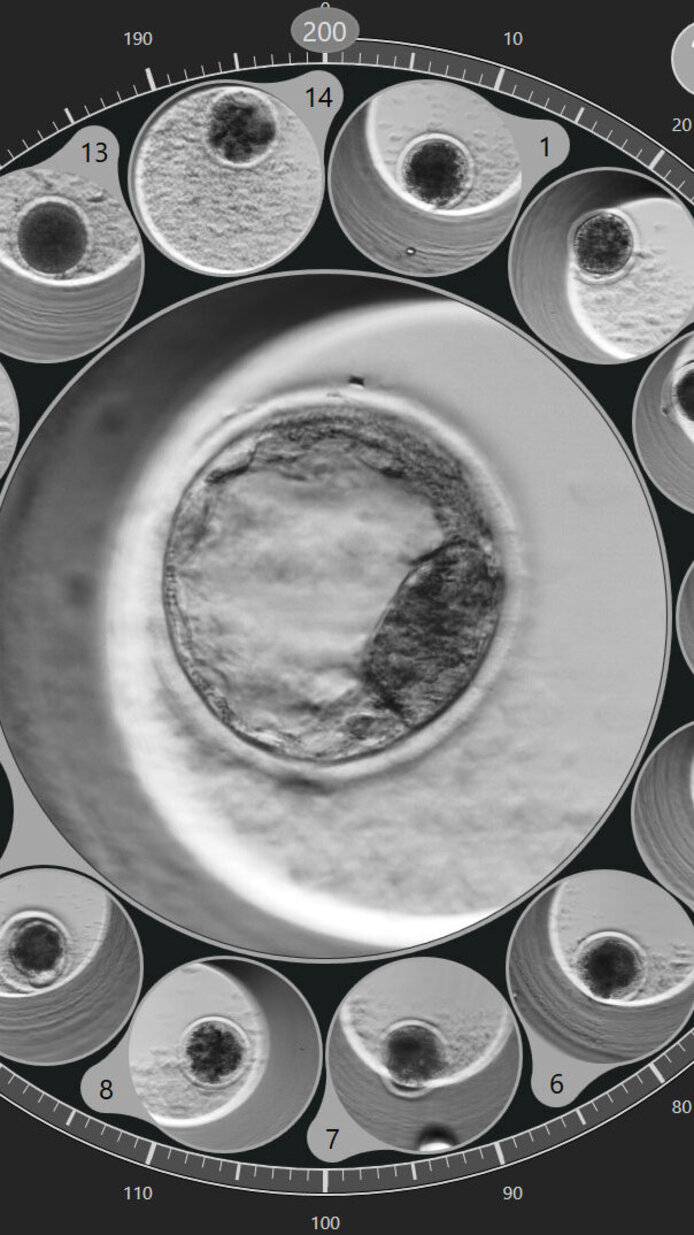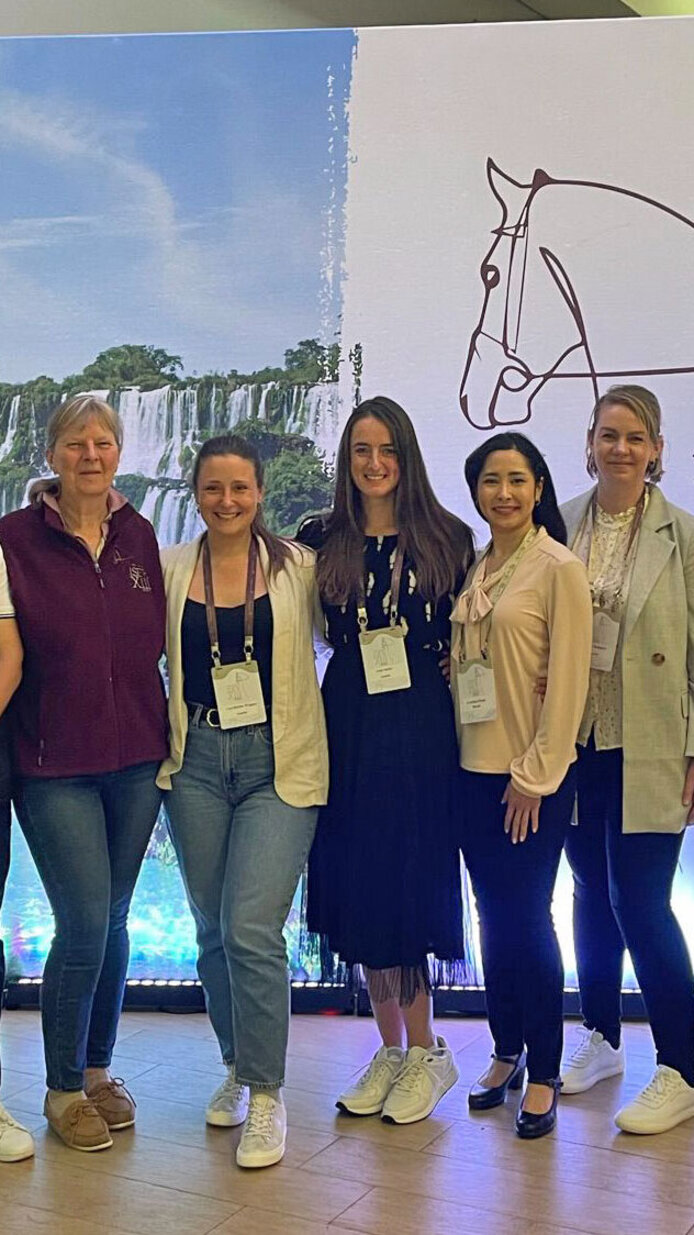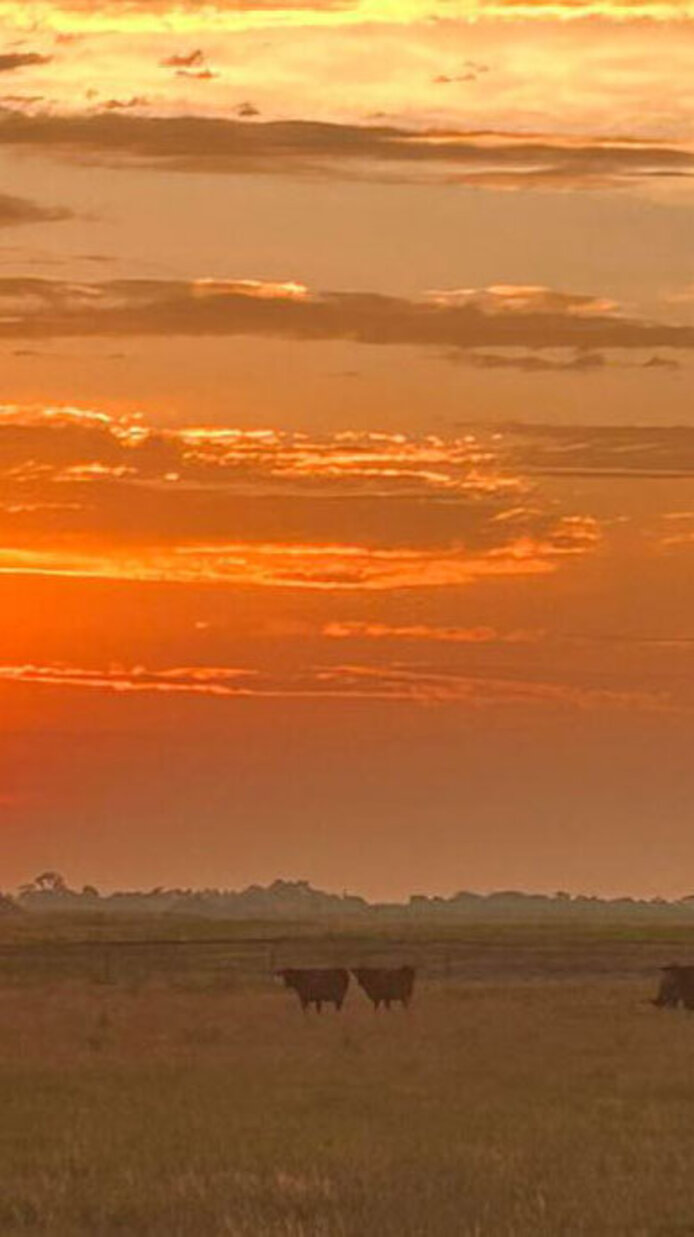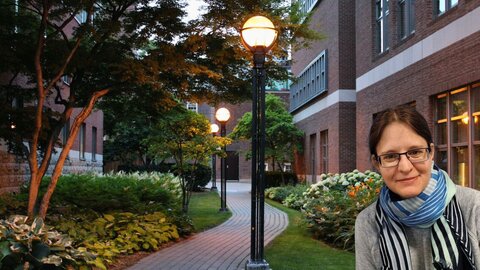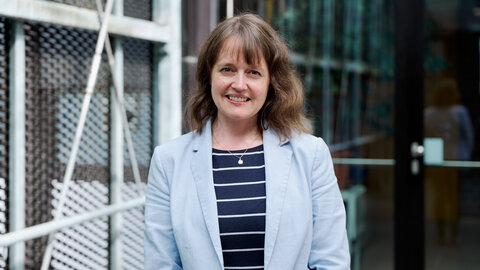Broad methodological toolbox and new scales
The Erwin-Schrödinger Fellowship brought that to reality. The aim of our current project is to see, if fertility in low AFC cows can be improved by feeding a yeast based nutritional supplement. To investigate the effects on fertility, we use a variety of methods, including quantitative gene expression, hormone analysis and fertilization of oocytes in a dish. The development of the resulting embryos is then studied in detail by time-lapse monitoring.
With my start at the USMARC especially one thing changed: the scale. From study-size to animal number and sample size, everything became bigger (as one could probably expect – it’s the US). This comes with an increase in responsibility but is also associated with a broader range of possibilities to address the main questions behind our study.
No more “Wiener Schmäh”
Of course, I had some worries about moving across the Atlantic Ocean, but I was also pretty excited to have the opportunity to conduct research at the USMARC. In the end, obtaining the visa was the only administrative hurdle that took a little longer than expected. The life outside of my working environment in Nebraska turned out to be pretty much as I expected it to be. One can find a lot of corn, a lot of cattle, beautiful sunsets and sunrises and a whole lot of nothing more. Ideal conditions to be really focused on research. The differences in mentalities between Americans and central Europeans proved to be more obvious than I expected. Intensive small talk is pretty common, as well as being enormously polite. Quite a challenge after living in Vienna for 5 years.
By moving from the Vetmeduni Vienna to a research-only Institute, the interaction with students and the clinical work as a veterinarian vanished. I miss both aspects of working at a veterinary university but the possibilities in research I have here at the USMARC compensate for that. During my Erwin-Schrödinger Fellowship my scientific “tool- and idea box” got already filled well, and they will continue to do so. When I graduated from vet school it seemed impossible to me that research would become a substantial part of my life. But luckily, plans change.
